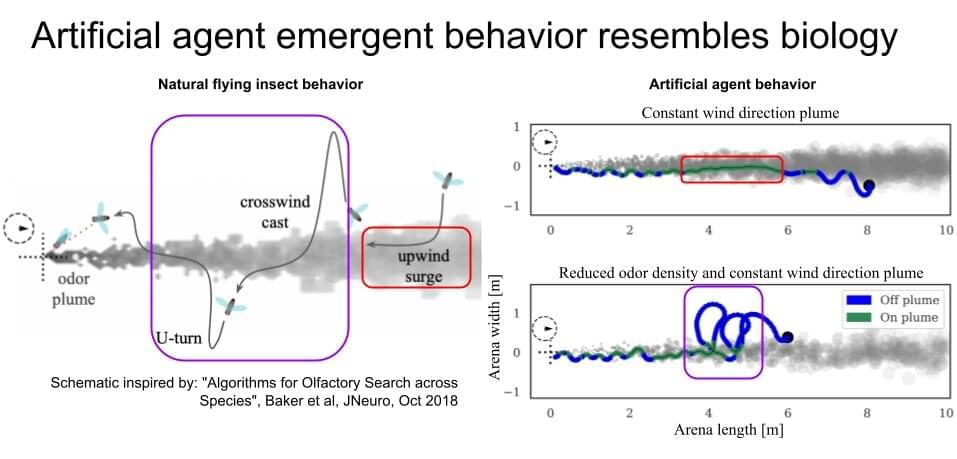Scientific and technological advances have enabled us to zoom into the biological world. We can get down to the biomolecular scale, a domain where quantum phenomena can take place and therefore cannot be neglected.
Watch the Q&A with Alexandra here: https://youtu.be/_rElT2_NukY
Subscribe for regular science videos: http://bit.ly/RiSubscRibe.
This talk was recorded at the Royal Institution on 28 October 2022.
Upon completing her doctoral studies in 2005 at the University of Oxford, Alexandra Olaya-Castro was subsequently awarded a three-year Junior Research Fellowship by Trinity College (Oxford), where she began her independent research career.
In November 2008 Alexandra Olaya-Castro obtained a five-year EPSRC Career Acceleration Fellowship that allowed her to start a research group in the Department of Physics and Astronomy of University College London. She was then appointed as a Lecturer in September 2011, was promoted to Reader in October 2015 and to full Professor in 2018.
Throughout her career Alexandra has made scientific contributions to the understanding of signatures and implications of quantum coherence in a variety of quantum systems that include exciton condensates in quantum wells, multi-qubit systems embedded in optical cavities and, her current focus, photo-activated biomolecular systems.





